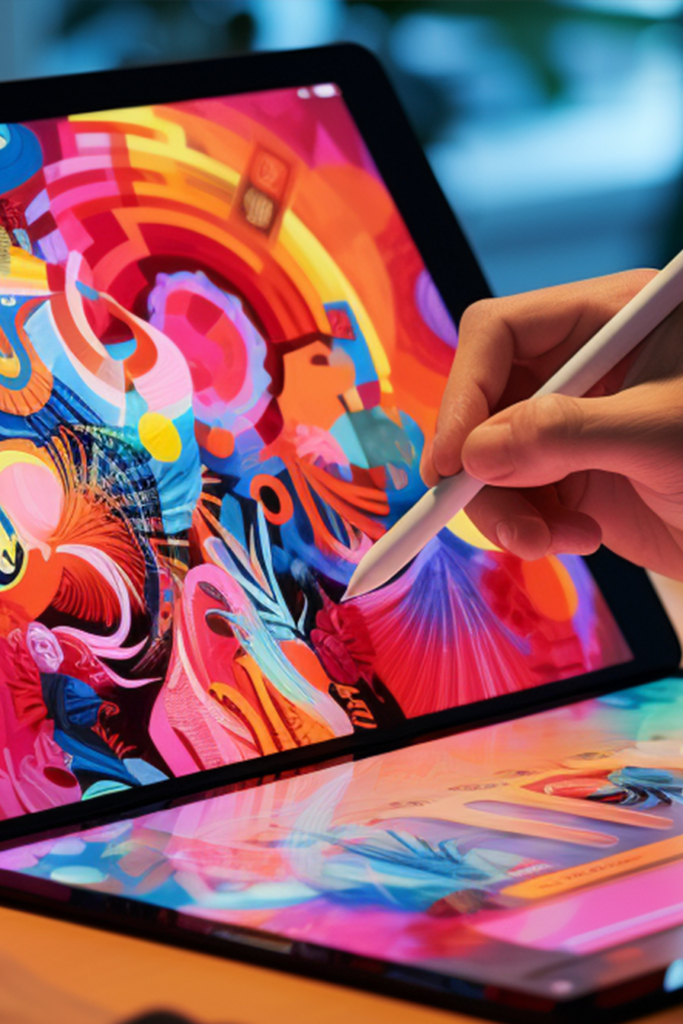Imagine your artistry as a unique fingerprint in the digital world. You’re not just an artist; you’re a brand. Isn’t it time you refined that brand? This is your guide to leveraging digital tools to create a compelling artistic identity. You’ll learn to connect with audiences, attract fans, stand out in the crowd, and express your unique identity. Ready to dive in? Let’s unleash your creativity and shape your artistic brand.
The Importance of Branding for Artists
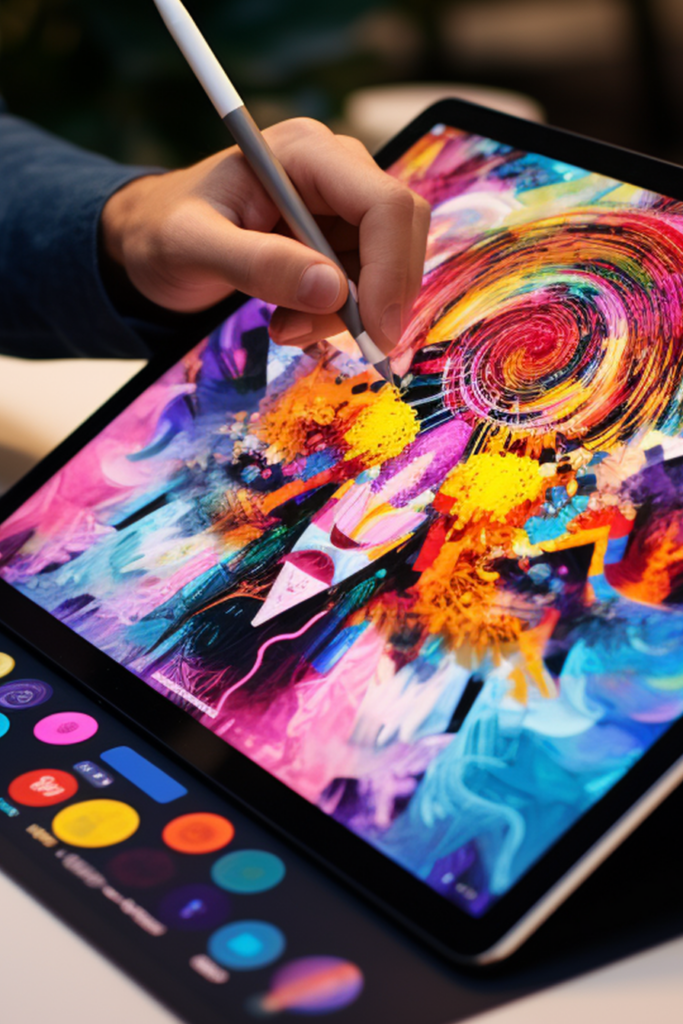
You’ll find that branding can be a powerful tool in your artistic career, helping you express your identity and connect more deeply with your audience. It’s not just about logos or catchphrases; it’s about creating an overall image that resonates with your audience and tells your story.
Consider your brand when you’re ready to share your artwork. What emotions do you want to evoke? What story do you wish to tell? Reach out to friends or supporters for feedback. Be forward-thinking and confident in your vision. Remember, your brand should reflect you and your unique style. It’s a tool to help fans understand the messaging behind your art. So, don’t overlook its power.
How to Brand Yourself as an Artist
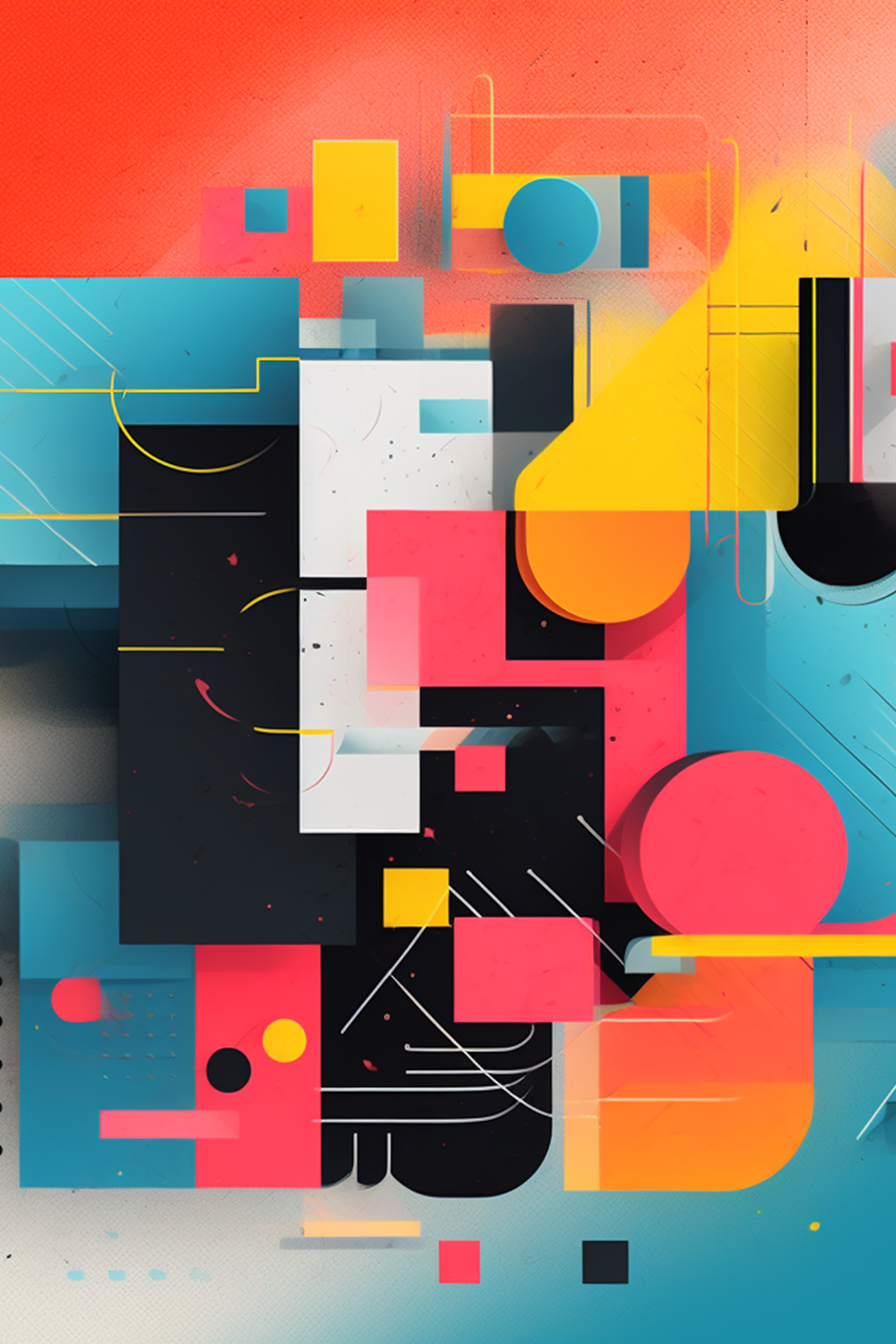
Creating a solid artist statement is essential for defining your message and values. It’s time to challenge yourself and solidify your unique artistic identity. To do that, you’ve got to dig deep, reflect on your art, and consider your target audience. Please don’t rush this process, it’s crucial to your brand.
Next, keep your branding simple. Choose consistent fonts, a color scheme representing your art, and a logo encapsulating your style. Remember, it’s about you and how your audience perceives your brand. So, always keep them in mind.
Lastly, don’t fear change. As you grow as an artist, your brand should evolve with you. Keep an open mind and be ready to refine your brand to resonate with your audience.
What Works in Branding for Artists
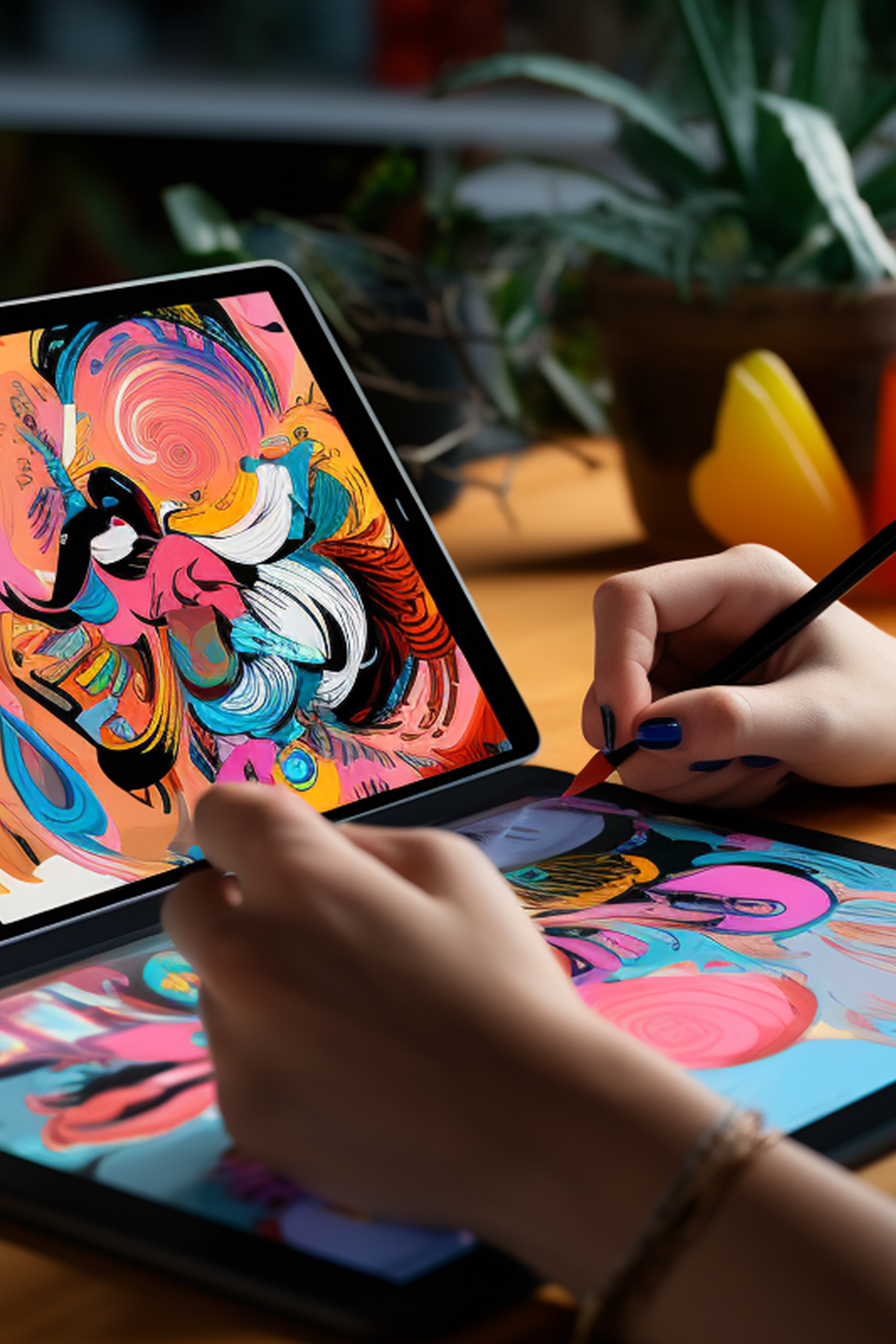
When it comes to successful artist branding, you’ve got to define the core motivation behind your art. This will help you determine what branding elements will work. Make decisions in advance regarding fonts, color schemes, logos, and tone. Stay consistent in your branding across all marketing efforts. It’s important to remember your audience. Ensure that your branding is relatable to them.
Owning your brand and being authentic in your artist bio can make a huge difference. Use consistent visual elements such as colors, fonts, and logos. Maintain a consistent tone and voice in your communication. Ensure your branding is reflected across all platforms and channels. Consistency helps build recognition and trust among your audience. Don’t forget your brand is your voice in the art world.
What Doesn’t Work in Branding for Artists
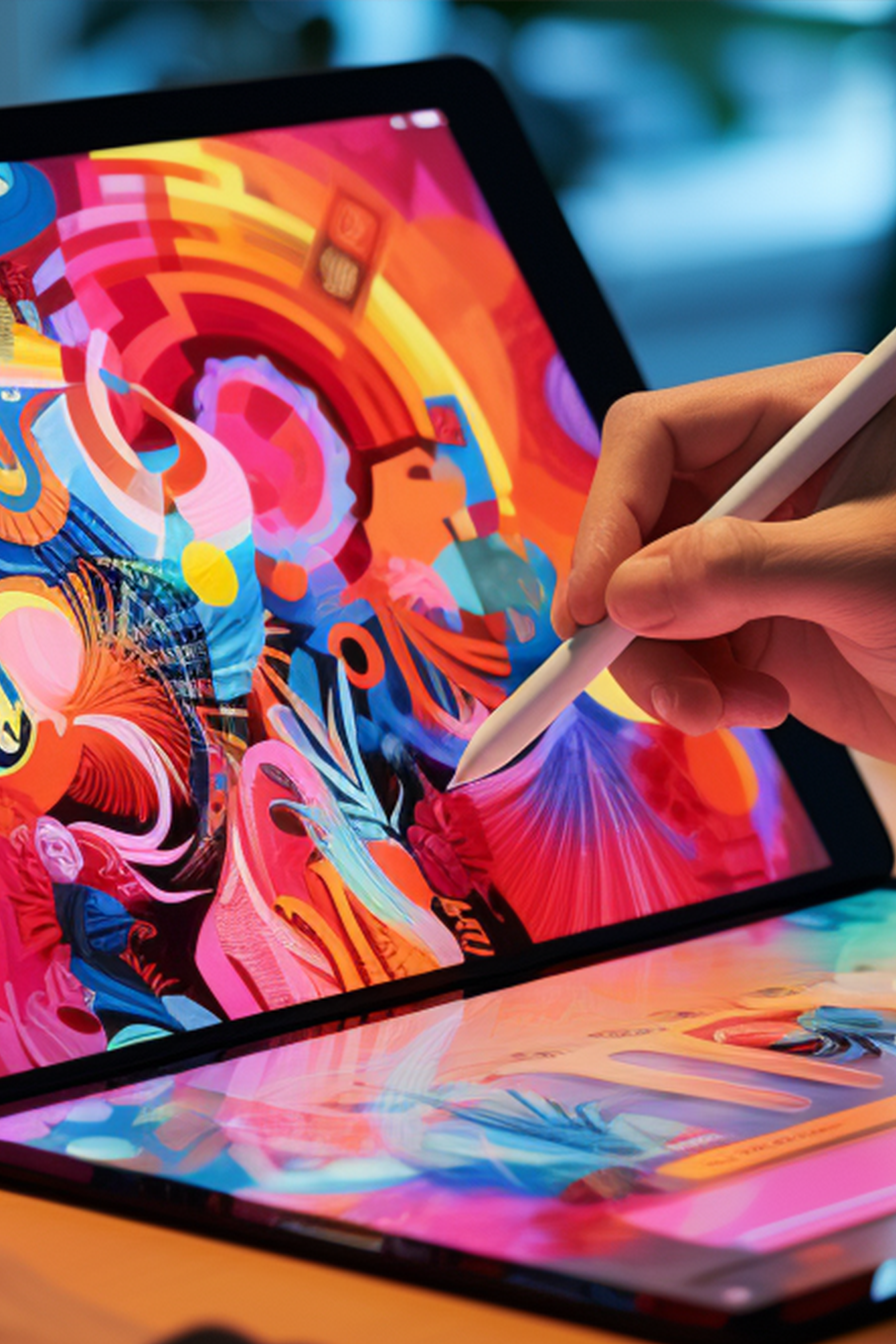
In artist branding, it’s crucial to recognize what doesn’t work and avoid certain pitfalls. It’s not just about creating your brand; it’s also about maintaining and refining it over time. So, let’s dive into the things you should avoid:
- Hasty Decisions: Don’t rush your branding decisions. Your brand should be a true reflection of you and your art.
- Off-brand Content: Beware of posting content on social media that doesn’t fit your brand image. It can confuse your audience and dilute your brand.
- Rigidity: Don’t be too rigid with your brand. Allow it to evolve as you and your art evolve.
The Power of Branding for Artists
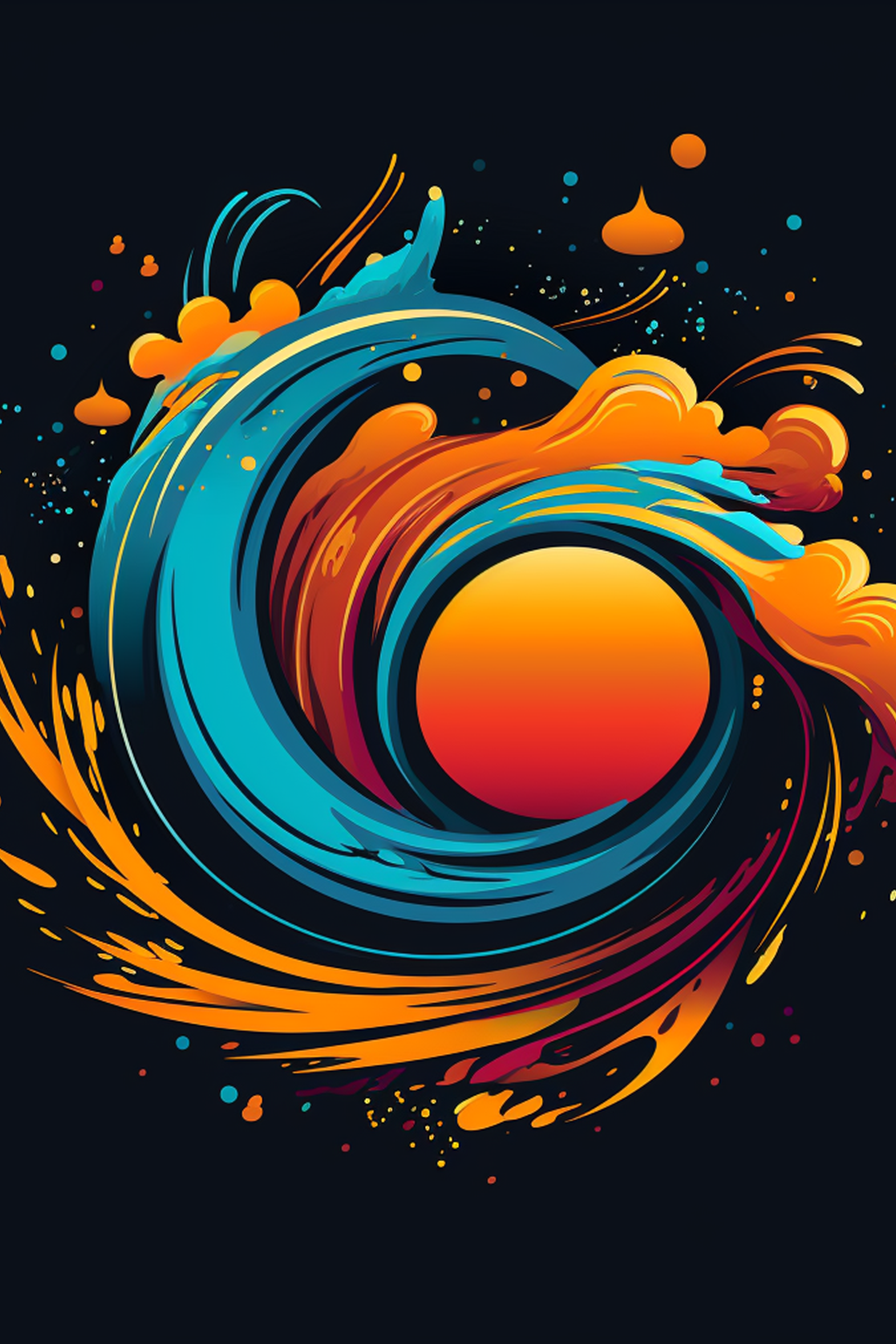
You’ve seen the pitfalls. Now, let’s discover the power of branding for artists and how it can amplify your artistic journey. Branding can cut through the noise, making you memorable to your audience. When you’re consistent, you build recognition, increasing the chance of being remembered. A strong brand can attract more opportunities, expanding your reach to potential buyers.
By branding effectively, you express your unique style and message to a wider audience. This helps you establish a professional, cohesive image, boosting your credibility. Remember, your brand may evolve. It’s crucial to assess and refine your brand to stay relevant regularly. Embrace change, take risks, and always stay open to feedback. That’s the power of branding for artists.
Digital Manipulation and Design
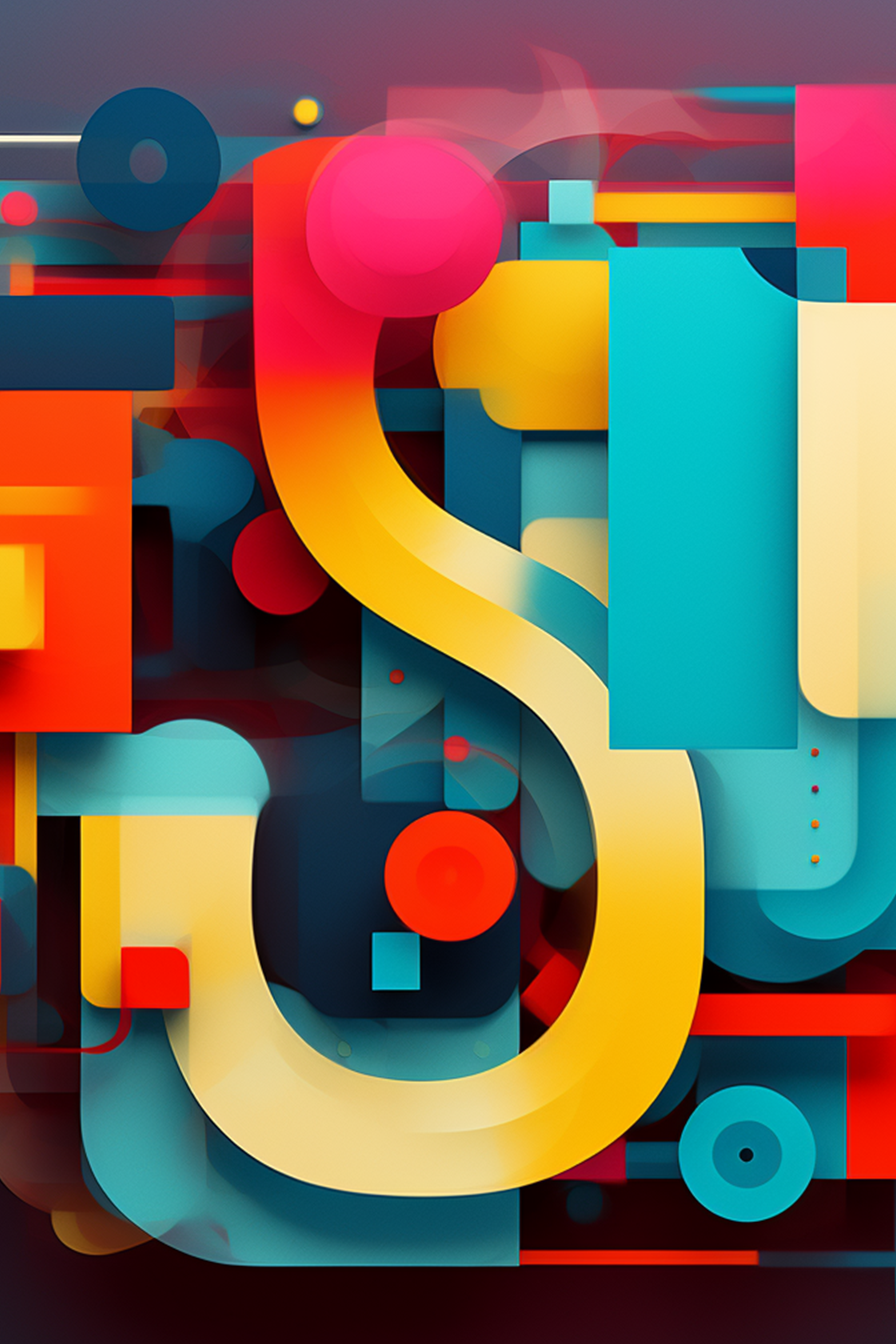
Diving into the digital realm, you’ll find that manipulation and design techniques can transform your artwork in ways you’d never imagined. Digital manipulation isn’t just about tweaking an image; it’s about enhancing your perspective and finding new ways to express your creative vision.
- Mastering digital manipulation tools:
- Experiment with photo editing software.
- Explore blending modes, filters, and masks.
- Develop your digital brushes.
- Applying design principles:
- Work with color theory and typography.
- Understand composition rules and know when to break them.
- Learn about UI/UX design for a holistic approach.
- Exploring new technologies:
- Delve into 3D modeling and printing.
- Learn coding basics for interactive art.
- Understand AI’s role in generating art.
Take a leap, and let digital manipulation and design open new creative avenues for you.
Exploring New Technologies
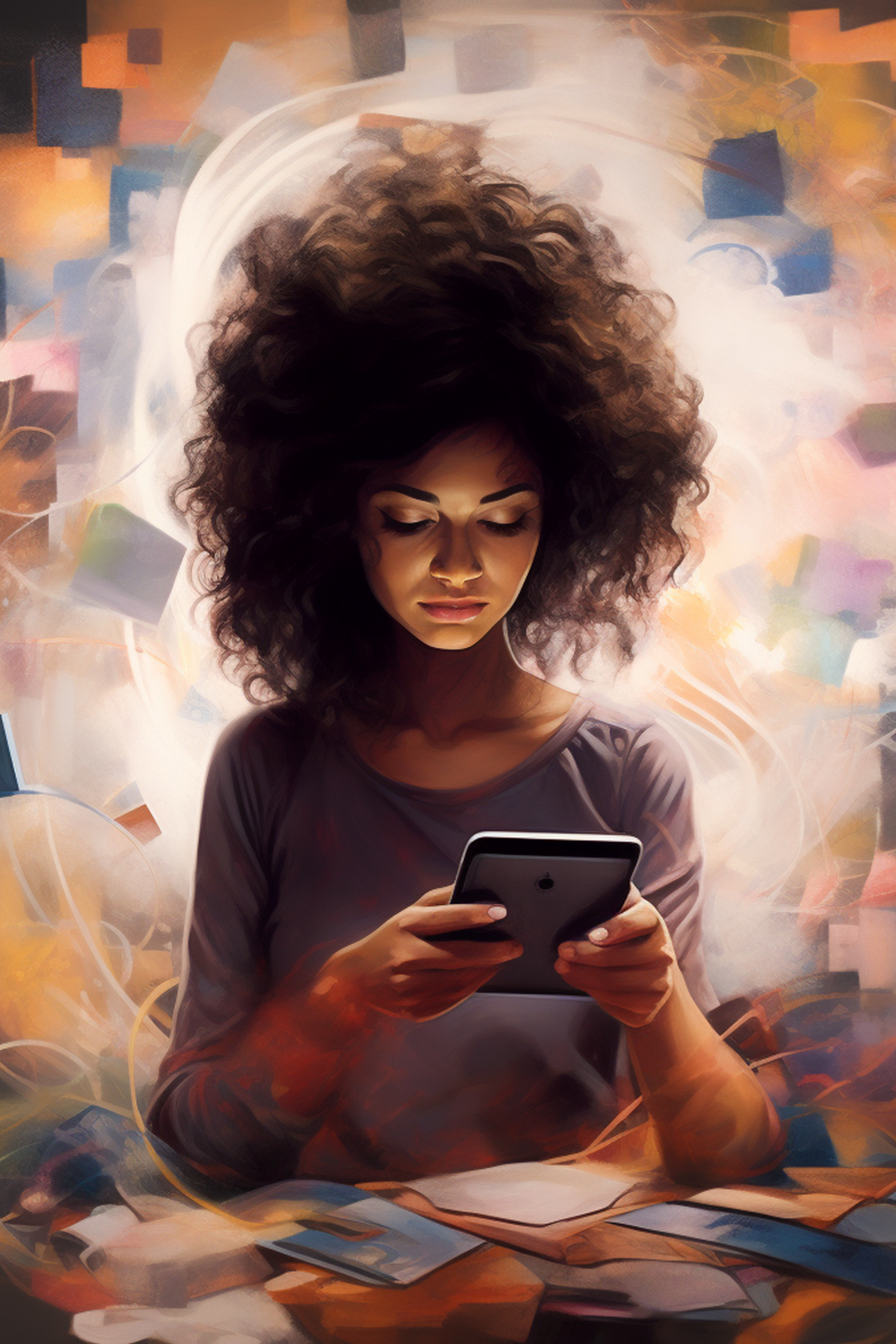
Exploring new technologies, it’s clear that you’re not limited to brushes and canvases anymore; now, you can create sculptures with 3D printers or bring artwork to life with coding. You’re living in an era where innovation is at your fingertips; use it to expand your artistic capabilities. Dive into the world of 3D design, transforming your 2D sketches into tangible, three-dimensional pieces.
It’s an exciting venture. And coding, too, opens up a new realm for you. Develop interactive art pieces that engage your audience on a whole new level. You see, technology isn’t here to replace traditional art forms. Instead, it’s here to enhance them. So, embrace it, experiment with it, and let it refine your artistic brand.
Benefits of Using Technology in the Art Room
Now, let’s delve into the benefits of employing technology in the art room. As an artist, embracing technology can revolutionize how you create and present your art. It’s not just about making things more accessible; it’s about expanding your creative horizons.
Here are some key advantages you can enjoy:
- Efficiency and Experimentation: Technology accelerates the design process and encourages trial without fear of errors.
- Digital tools can simplify complex artistic techniques.
- It allows for rapid prototyping and iterations, letting you perfect your art faster.
- Exploration of New Mediums: With technology, you’re not confined to traditional mediums.
- It opens up new forms of digital art.
- You can experiment with 3D printing, virtual reality, and more.
- Empowerment and Creativity: Tech can unlock your creative potential and empower you as an artist.
- It cultivates an environment for innovation, letting your imagination run wild.
- You can connect with audiences in novel and impactful ways.
Starting Points for Infusing Technology in Artmaking

You’re probably wondering where to begin with incorporating technology into your artmaking process, right? Start by taking it slow. Gradually incorporate tech into your traditional methods. Use it to enhance your art, not replace time-honored techniques. Digital manipulation and design can be significant starting points. Experiment with them to see how they can add more dimension to your work.
Be open to learning. Seek resources and professional development opportunities to help you understand how to use technology in your art. Remember, it’s about exploration and fun. So, don’t be afraid to play around with different tools and software. You’ll be surprised at the innovative ways you can integrate tech into your artmaking. It’s about expanding your creative horizons, not limiting them.
Strategies and Challenges of Integrating Technology in the Art Room
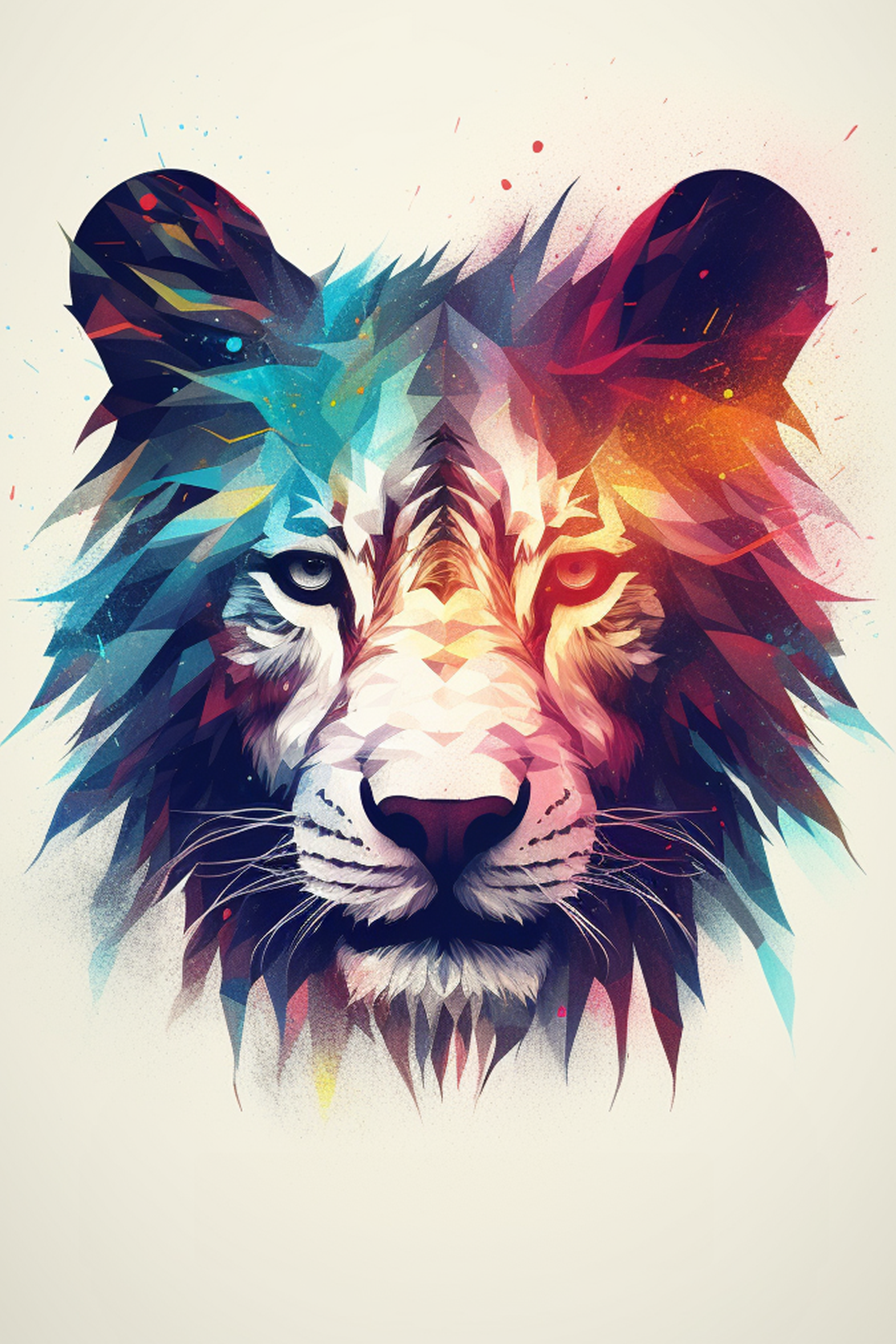
Incorporating technology into your art room can come with challenges and strategies to overcome them. But don’t fret; there are ways to make this integration smoother:
- Embrace Technology as a Tool:
- Use it to enhance your traditional art techniques.
- Let it open doors to new mediums and styles.
- Learning Curve:
- Don’t be intimidated by the tech jargon; you’ll get the hang of it.
- Use step-by-step tutorials and resources.
- Overcoming Obstacles:
- Tackle technical difficulties with patience, and they’re part of the process.
- Find solutions for issues like lack of access or resources.
Follow us on Pinterest for more tips, tutorials, and reviews for creatives!

